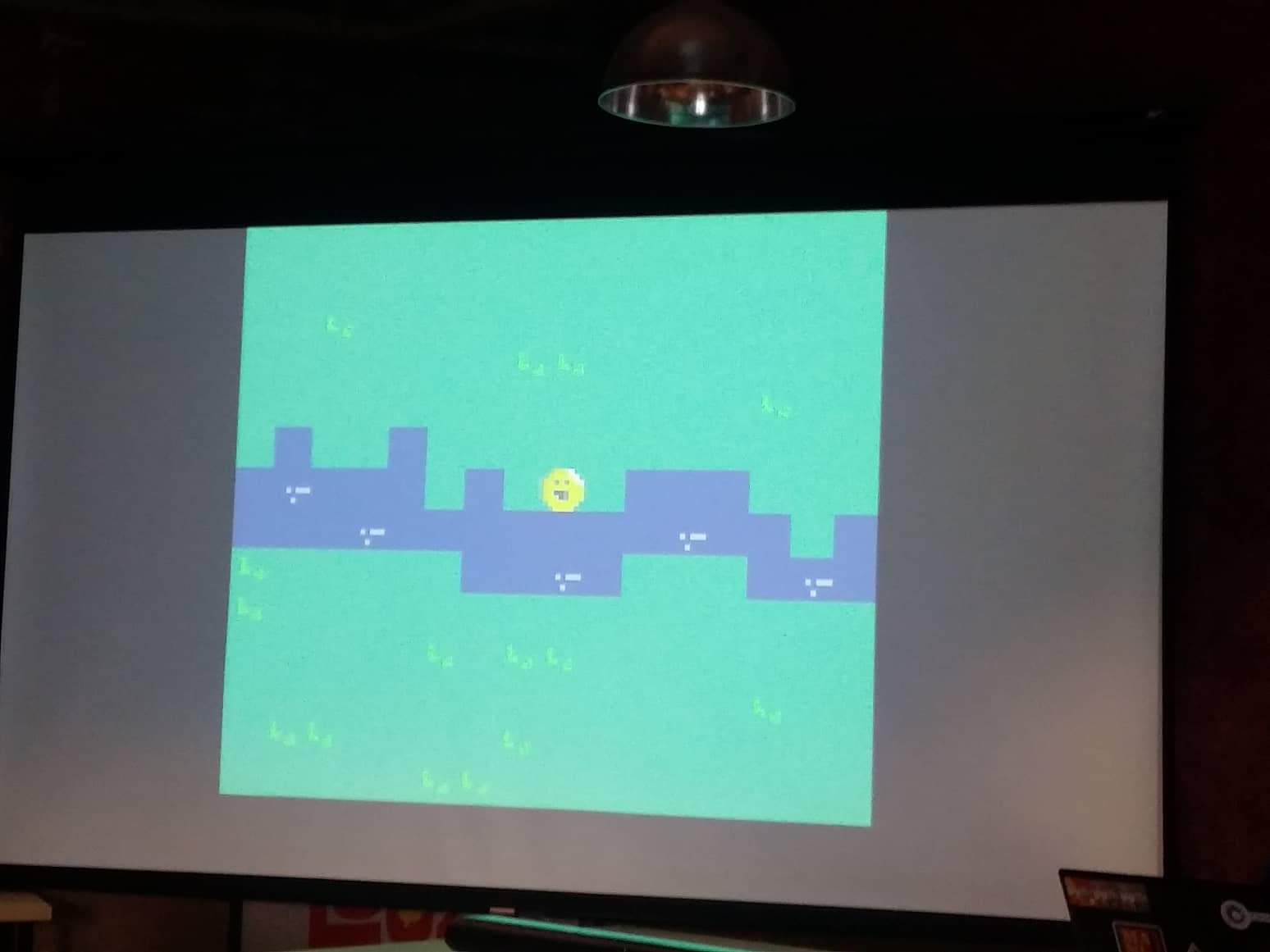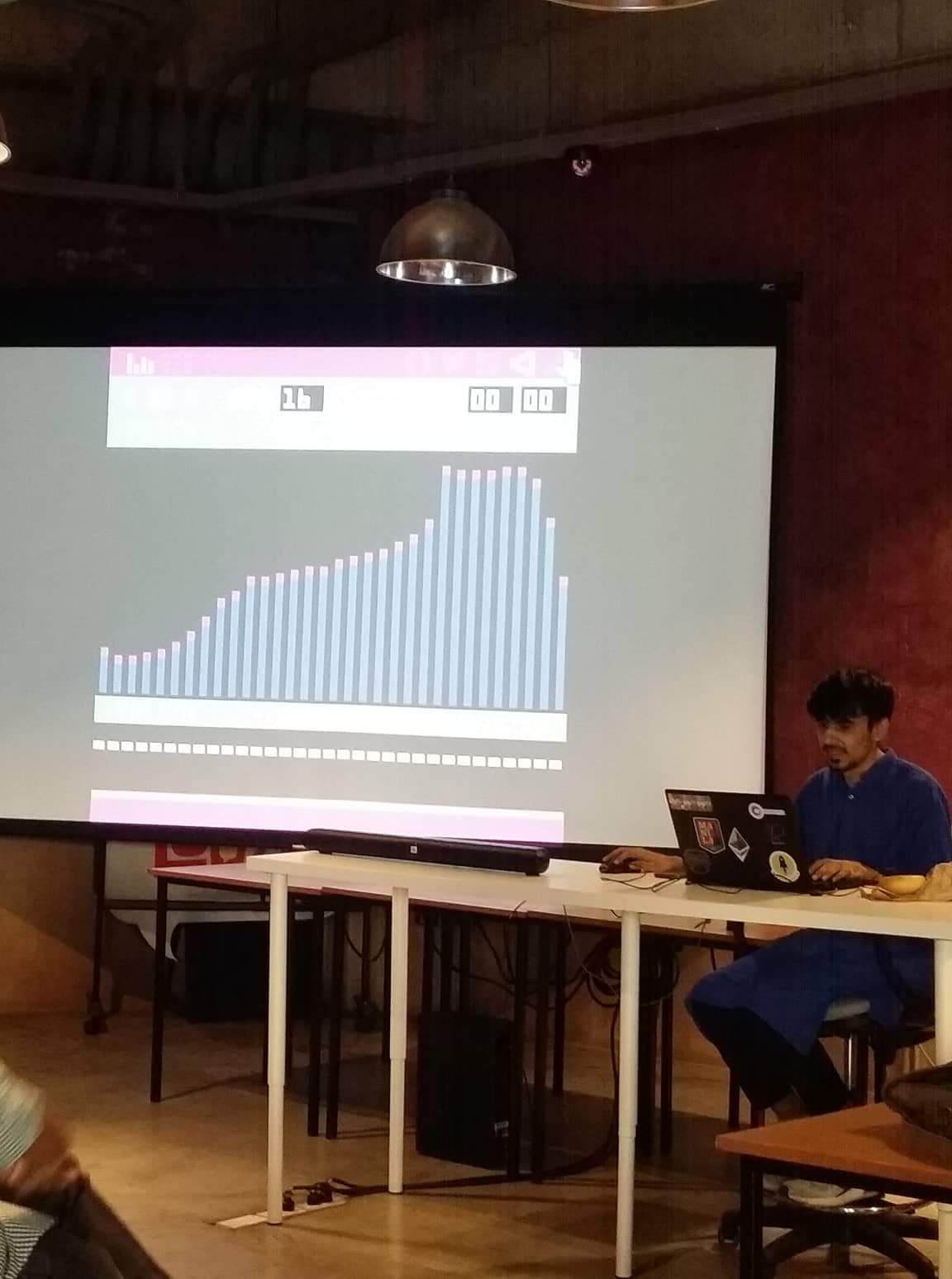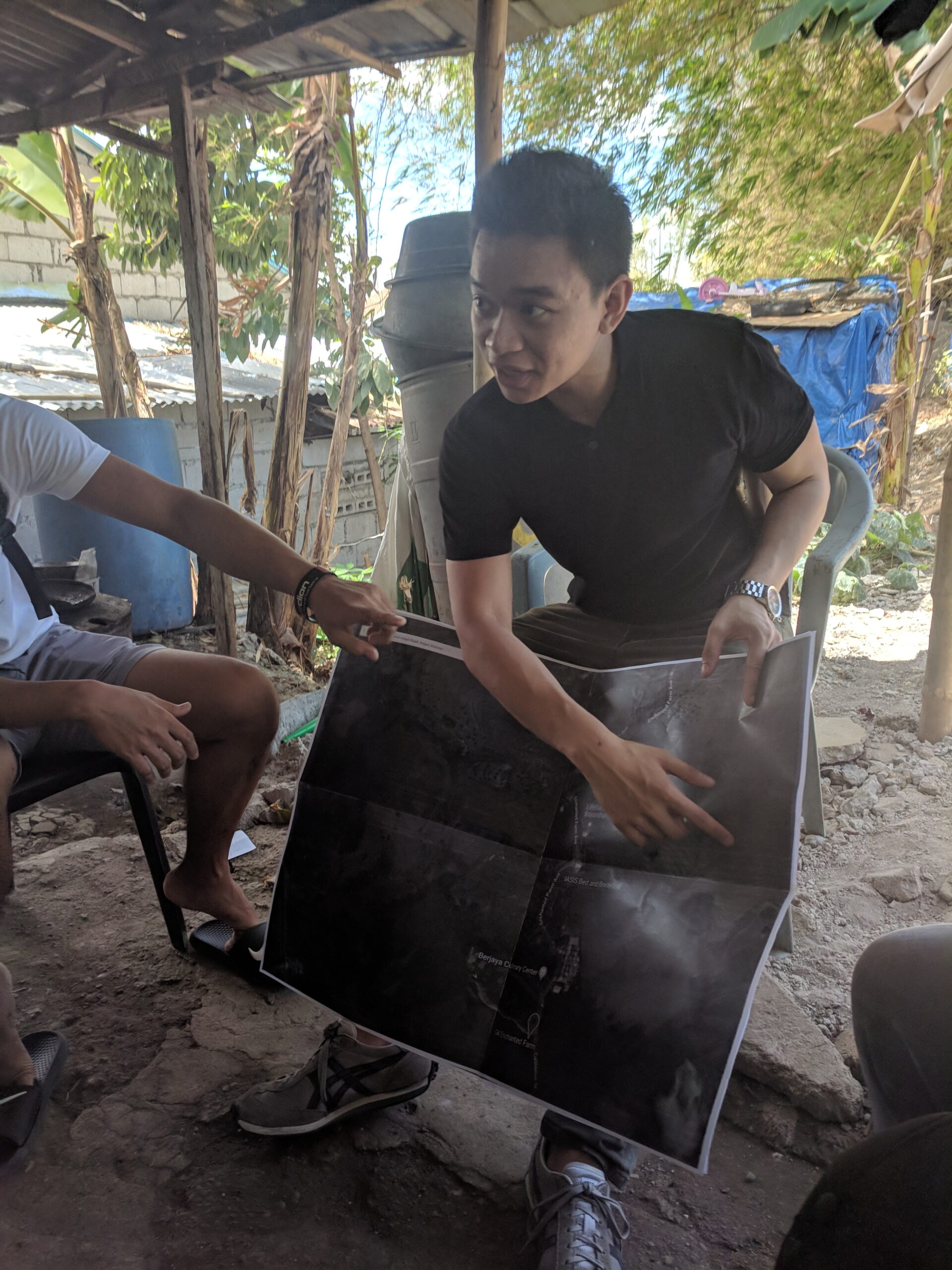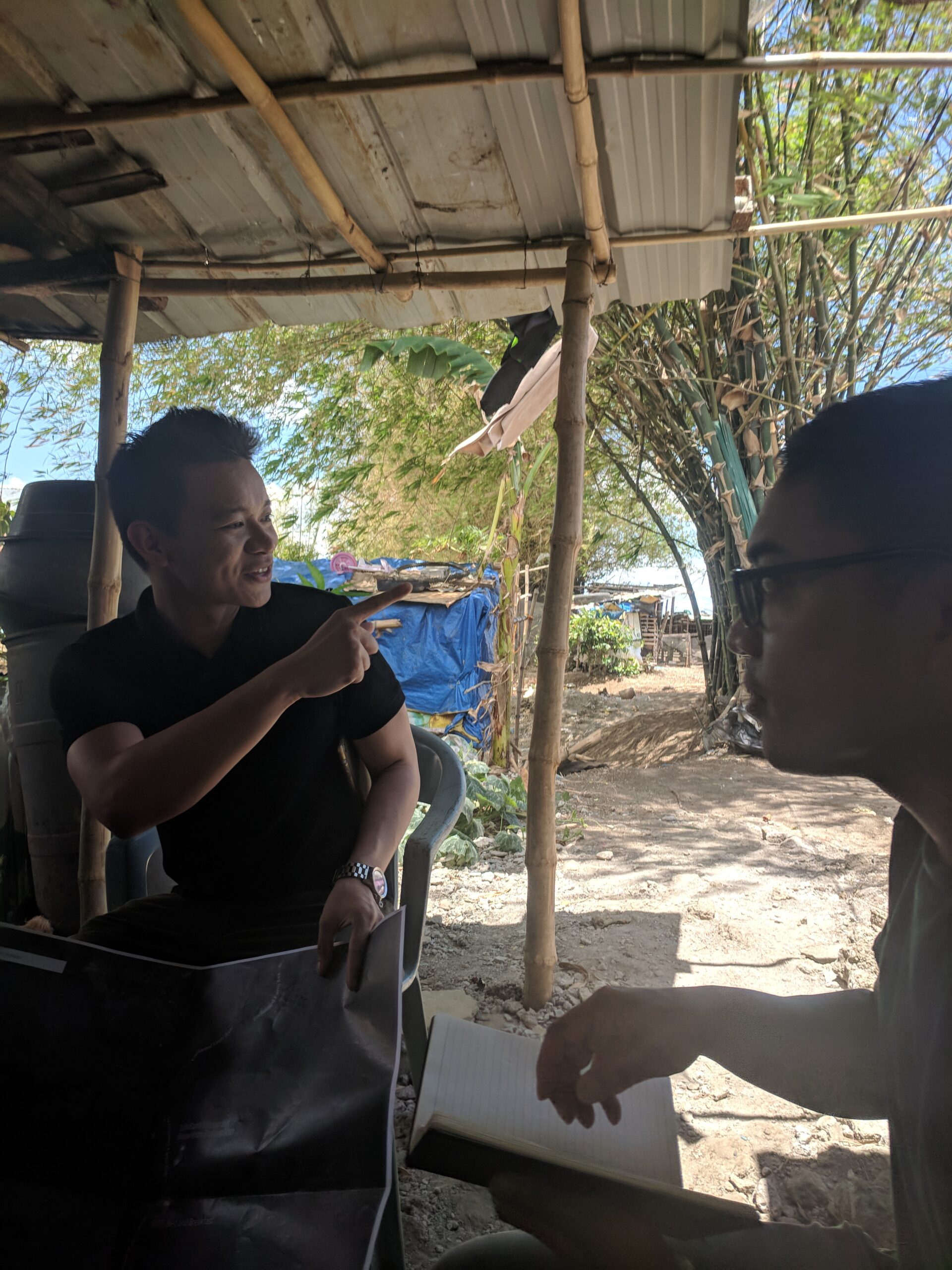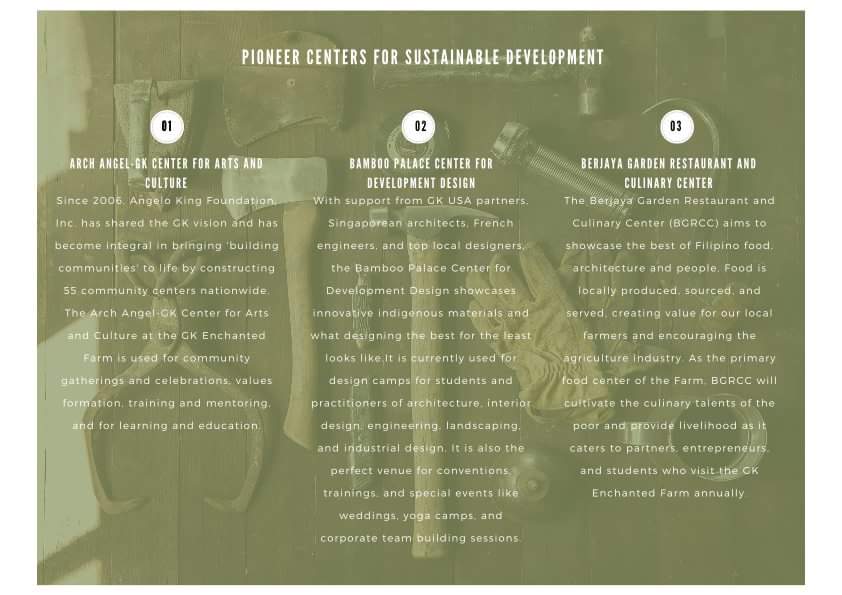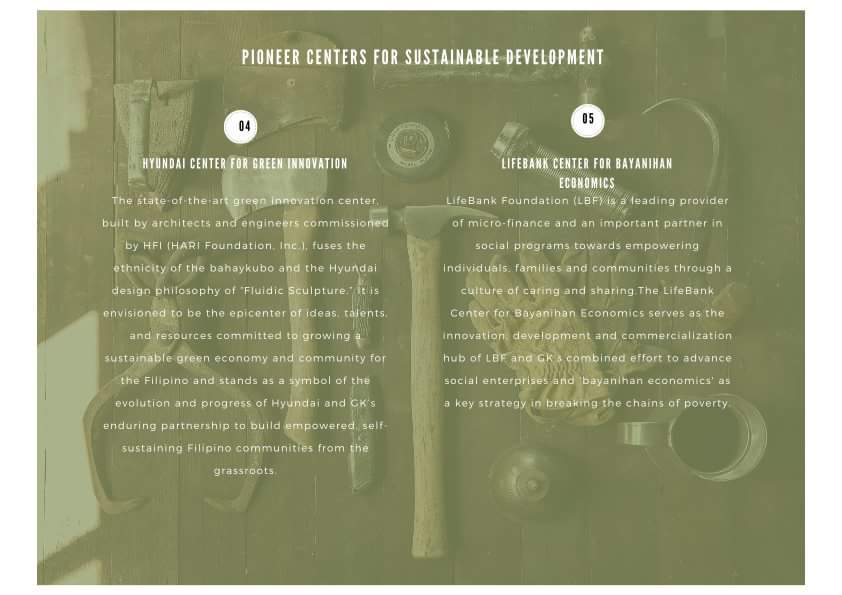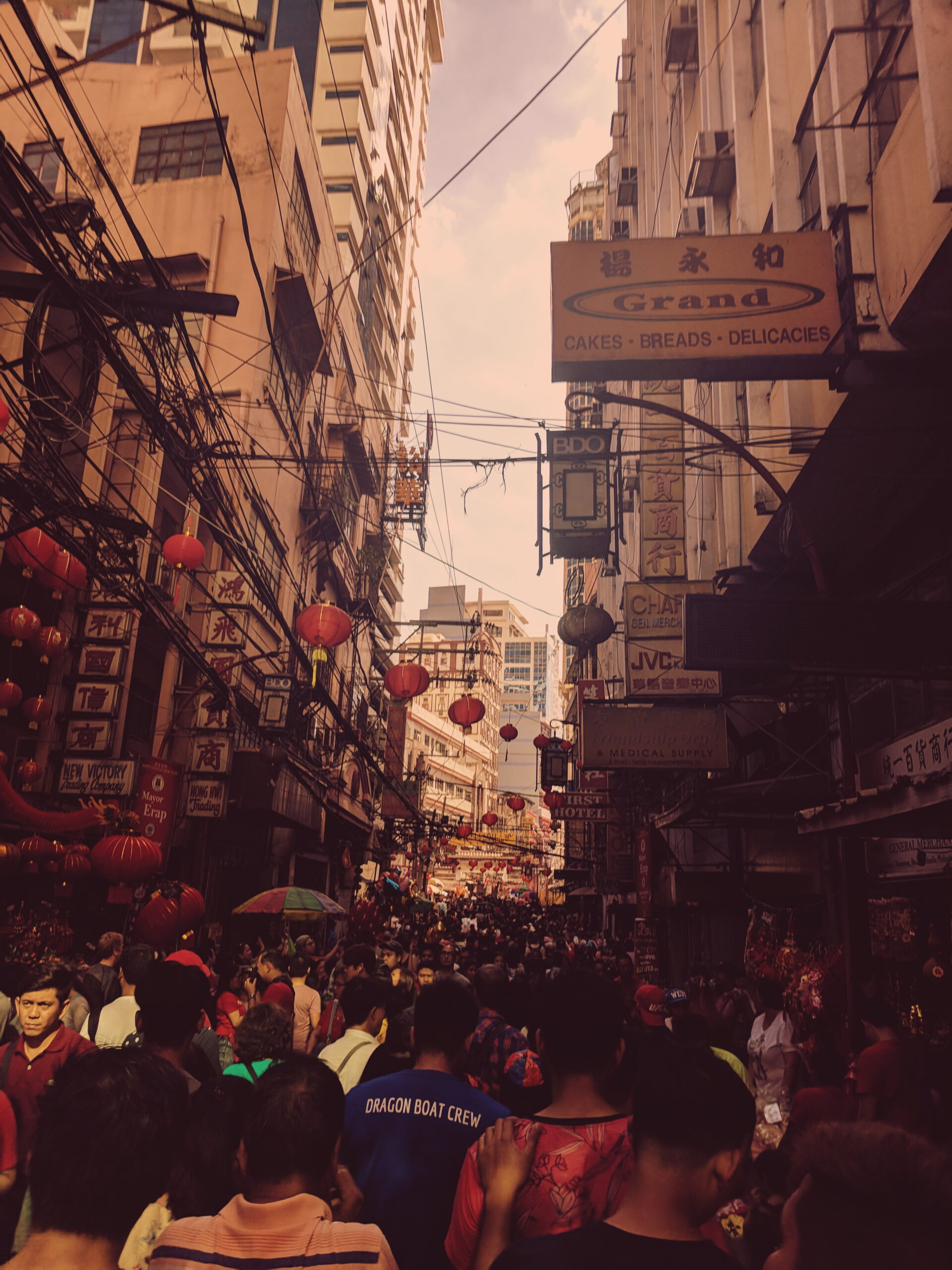Attending a study circle about toxic masculinity, with a random assortment of left-leaning friends in Frere Hall
Reading: The crisis in modern masculinity by Pankaj Mishra
“Morbid visions of castration and emasculation, civilisational decline and decay, connect Godse and Schlesinger to Bin Laden and Trump, and many other exponents of a rear-guard machismo today. They are susceptible to cliched metaphors of “soft” and “passive” femininity, “hard” and “active” masculinity; they are nostalgic for a time when men did not have to think twice about being men. And whether Hindu chauvinist, radical Islamist or white nationalist, their self-image depends on despising and excluding women. It is as though the fantasy of male strength measures itself most gratifyingly against the fantasy of female weakness. Equating women with impotence and seized by panic about becoming cucks, these rancorously angry men are symptoms of an endemic and seemingly unresolvable crisis of masculinity.”
“When did this crisis begin? And why does it seem so inescapably global? Writing Age of Anger: A History of the Present, I began to think that a perpetual crisis stalks the modern world. It began in the 19th century, with the most radical shift in human history: the replacement of agrarian and rural societies by a volatile socio-economic order, which, defined by industrial capitalism, came to be rigidly organised through new sexual and racial divisions of labour. And the crisis seems universal today because a web of restrictive gender norms, spun in modernising western Europe and America, has come to cover the remotest corners of the earth as they undergo their own socio-economic revolutions.”
“These unselfconscious traditions began to come under unprecedented assault in the 19th century, when societies constituted by exploitation and exclusion, and stratified along gender and racial lines, emerged as the world’s most powerful; and when such profound shocks of modernity as nation-building, rural-urban migration, imperial expansion and industrialisation drastically changed all modes of human perception. A hierarchy of manly and unmanly human beings had long existed in many societies without being central in them. During the 19th century, it came to be universally imposed, with men and women straitjacketed into specific roles.”




